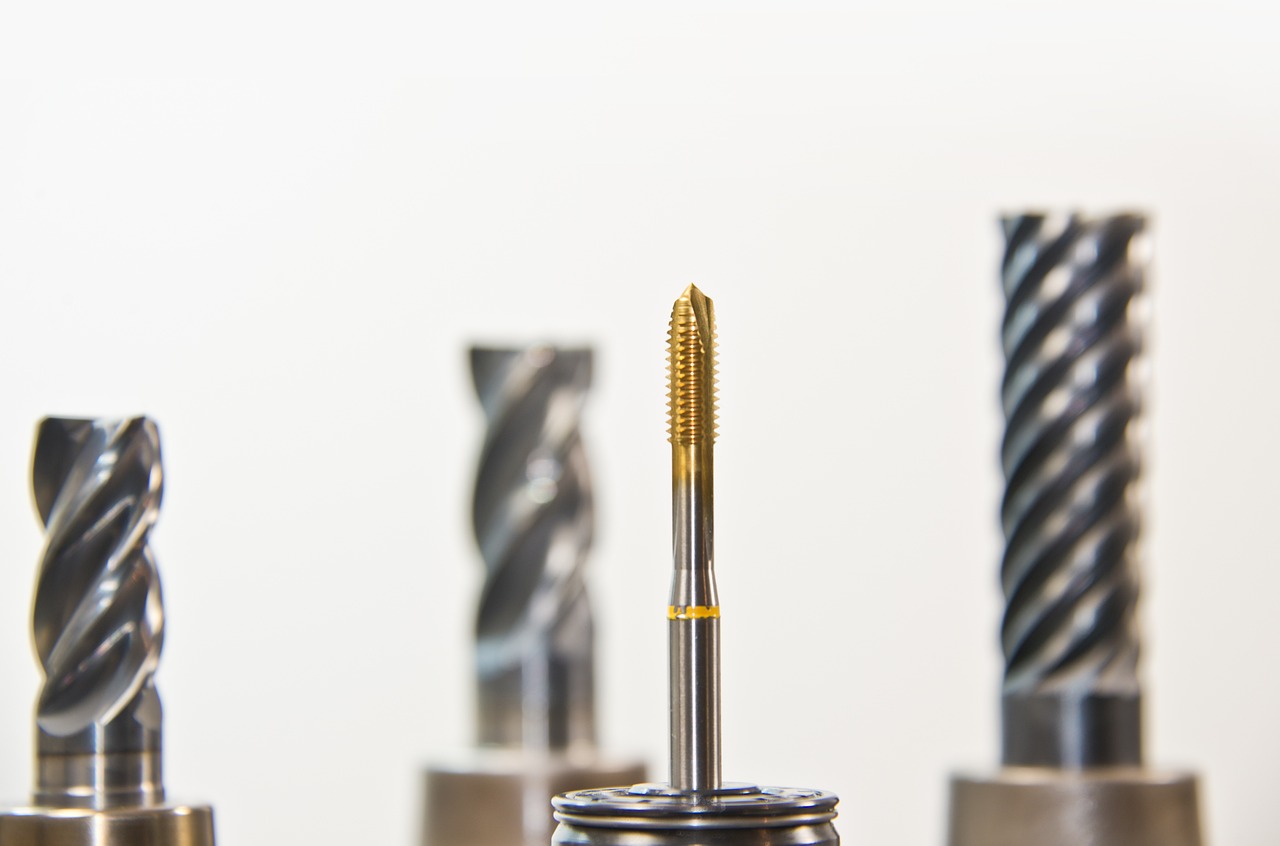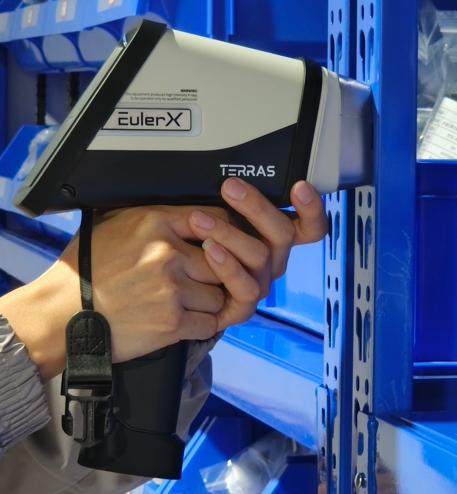
Alloy
A high-tech enterprise focusing on the development and application of X-ray technology products, committed to becoming a leading supplier of X-ray industrial testing solutions.
Is Buying a Handheld XRF Gun for Sale a Good Decision for Environmental Testing?
In recent years, environmental testing has become a critical component of ensuring public health, safety, and regulatory compliance. From soil and water analysis to air quality monitoring, accurate and efficient testing methods are essential for identifying contaminants and mitigating environmental risks. One tool that has gained significant attention in this field is the handheld XRF (X-ray fluorescence) gun. But is investing in a handheld XRF gun for sale a good decision for environmental testing? Let’s explore the benefits, limitations, and key considerations to help you make an informed choice.
What is a Handheld XRF Gun?
A handheld XRF gun is a portable device that uses X-ray fluorescence technology to analyze the elemental composition of materials. It works by emitting X-rays onto a sample, which causes the atoms in the sample to fluoresce and emit secondary X-rays. These secondary X-rays are then detected and analyzed to determine the presence and concentration of various elements.

Handheld XRF guns are widely used in industries such as mining, manufacturing, and archaeology. However, their application in environmental testing is growing due to their ability to provide rapid, on-site analysis of contaminants like heavy metals in soil, water, and air particulates.
Benefits of Using a Handheld XRF Gun for Environmental Testing
Portability and Convenience
One of the biggest advantages of a handheld XRF gun is its portability. Unlike traditional lab-based testing methods, which require samples to be collected and sent to a laboratory, a handheld XRF gun allows for real-time, on-site analysis. This can save significant time and resources, especially in remote or hard-to-reach locations.
Speed of Analysis
Handheld XRF guns provide results in a matter of seconds, enabling quick decision-making. This is particularly useful in emergency situations, such as spill responses or contamination incidents, where rapid assessment is critical.
Non-Destructive Testing
Unlike some traditional testing methods, XRF analysis is non-destructive. This means that samples remain intact and can be used for further testing if needed.
Cost-Effectiveness
While the initial investment in a handheld XRF gun can be significant, it can reduce long-term costs by minimizing the need for lab fees, sample transportation, and repeated testing.
Versatility
Handheld XRF guns can analyze a wide range of materials, including soil, water filters, and air particulates. This makes them a versatile tool for various environmental testing applications.
Sample Preparation
While XRF analysis is generally non-destructive, some samples may require preparation (e.g., drying, grinding, or homogenizing) to ensure accurate results. This can add time and complexity to the testing process.
Interference and Accuracy
The accuracy of XRF analysis can be affected by factors such as sample matrix, moisture content, and surface irregularities. Calibration and proper technique are essential to minimize errors.
Regulatory Compliance
In some cases, regulatory agencies may require laboratory-certified results for environmental testing. While handheld XRF guns can provide valuable preliminary data, they may not always meet strict regulatory standards.
Key Considerations Before Buying a Handheld XRF Gun
If you’re considering purchasing a handheld XRF gun for environmental testing, here are some factors to keep in mind:
Application Requirements
Assess your specific testing needs, including the types of samples you’ll be analyzing and the detection limits required. Ensure that the handheld XRF gun you choose is capable of meeting these requirements.
Budget
Handheld XRF guns can range from a few thousand to tens of thousands of dollars. Consider not only the upfront cost but also ongoing expenses such as calibration, maintenance, and training.
Training and Expertise
Proper use of a handheld XRF gun requires training and expertise. Ensure that your team is equipped to operate the device and interpret the results accurately.

Terras EulerX900 Handheld Alloy Analyzer
Regulatory Standards
Check with relevant regulatory agencies to determine whether handheld XRF results will be accepted for your specific applications. If not, you may need to supplement XRF analysis with laboratory testing.
With cutting-edge electronics and sophisticated algorithms, the EulerX 900 series delivers unmatched precision in metal analysis. This handheld XRF analyzer offers non-destructive testing for alloys, scrap, and precious metals, providing instant results on its intuitive touch screen. Its portability and ease of use make it ideal for quality control, recycling, and material verification. The EulerX 900 is a game-changer, combining advanced technology with user-friendly operation for seamless metal analysis.
Conclusion
Investing in a handheld XRF gun for environmental testing can be a smart decision, particularly if you value portability, speed, and cost-effectiveness. However, it’s important to weigh the benefits against the limitations and ensure that the device meets your specific testing needs and regulatory requirements.
Join Us
Subscribe to our email list for updates & promotions.



